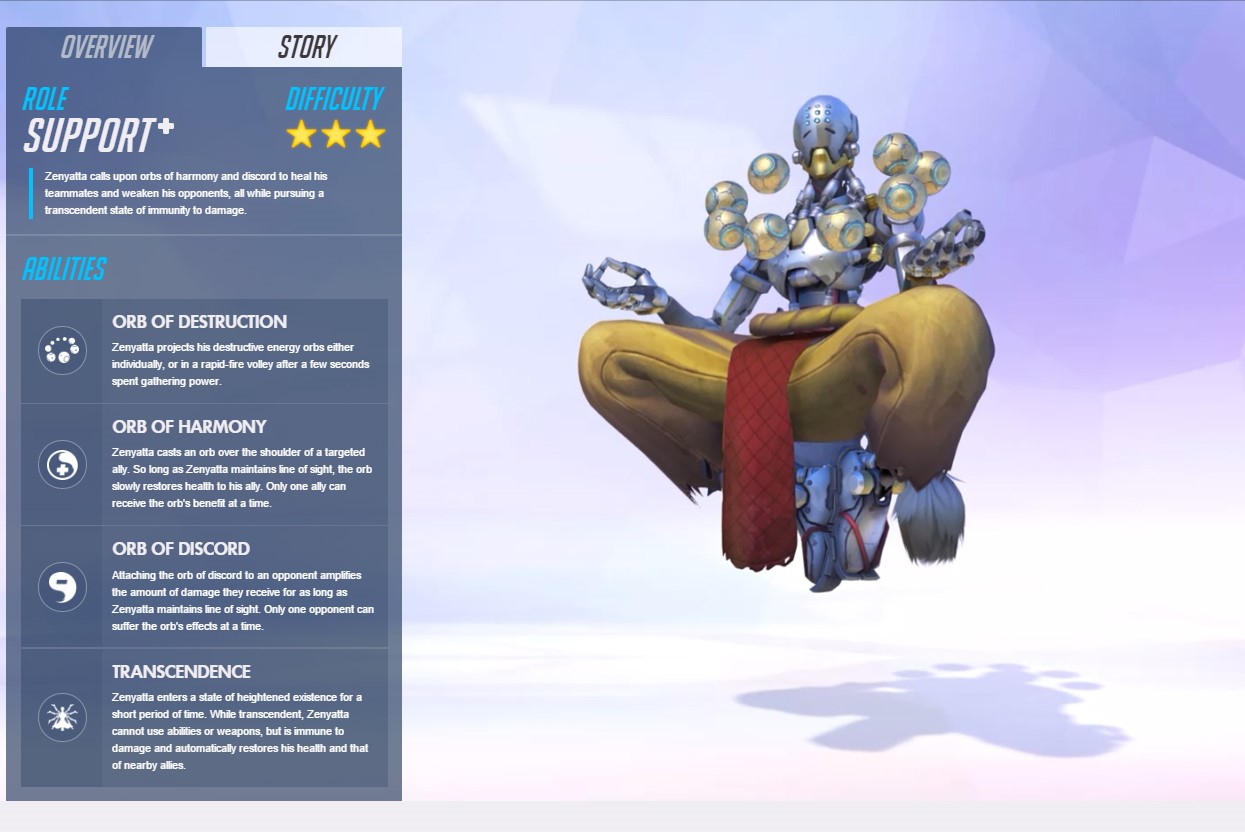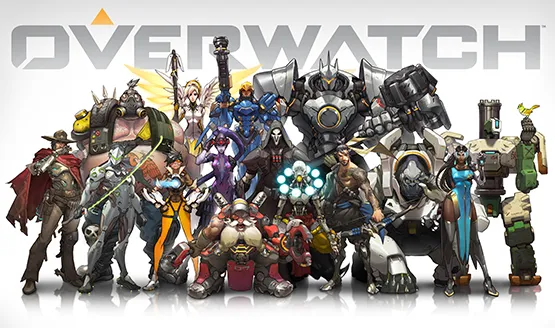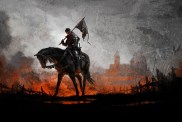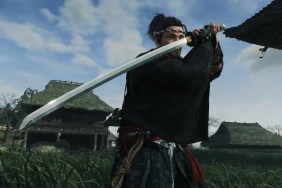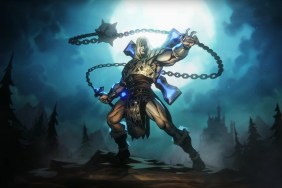While Blizzard has been primarily known as a PC game developer for most of its existence, the studio is set to storm the rather crowded first-person shooter market with its first foray into the market with Overwatch.
Sure, a lot of PlayStation gamers are used to shooters and its ilk, but if you’ve played the Overwatch beta or have been keeping tabs on the game, then you’ll know it’s anything but your standard first-person shooter. There are no gun and attachment unlocks, no skills to progress to or anything of the sort that would mean giving high level players an advantage to those just starting out. Simply put: it’s just you, your knowledge of the maps and characters, and your skill.
Fortunately for you, we here at PlayStation LifeStyle cooked up an Overwatch beginner’s guide wherein we give out general gameplay tips, which heroes to start out with, and even how to play objectives effectively.
Check out the full Overwatch beginner’s guide below, and you can also check each heroes’ usage difficulty level, abilities and ultimates in the gallery below.
Hero Classes:
Offense – The main objective of the offense role is to scout the area, harass the opposing team, and press the objective. Heroes classified as offense generally have high damage weapons and abilities and lower health pools than tanks and some defense heroes. They are usually excellent duelists with high mobility and good burst or sustained damage.
Defense – The main objective of the defense role is to guard locations, create choke points, and establish a front. They may have long range weapons or the ability to create turrets, and excel at area denial.
Tank – Tanks specialize in protecting allies, disrupting enemies, and occupying the front line. They have high survivability and abilities that protect themselves and others with shields and crowd control.
Support –The objective of support is to heal, buff and provide utility. Support heroes boost the overall performance of their team by increasing their survivability, speed, and damage output. They are generally the worst duelists and are best surrounded by teammates.
(via Overwatch Wikia)
Best Heroes to Start Out With:
Offense:
Soldier: 76 – Possibly the easiest hero in Overwatch to use as since you can technically play him like you would any shooter. His assault rifle is easy enough to use for anyone who’s familiar with FPS’, and his Helix Rockets ability is as simple to use as aiming and shooting as well. Oh, and not to mention he has an area heal that means you can support teammates as well even when you’re not in the thick of the battle.
Tracer – While Tracer’s twin pistols might not down enemies as efficiently as Soldier: 76’s assault rifle, she can survive most skirmishes by blinking all over the place and pestering the entire enemy team. If things get too hairy, she can use her “Recall” ability which lets Tracer travel a few seconds back in time to her previous position and even returns her health and ammo. Tracer is perfect for those who want to run-‘n’-gun, while having the security to be able to escape hairy encounters.
Defense:
Bastion – Possibly one of the most overpowered heroes in the game in the right hands, don’t be surprised if you see a lot of players play as Bastion. His “Sentry” mode (read: turret) will melt enemies in just a few shots, and he can even heal himself in either configuration which means you’re never dependent on anyone. Bastion’s special (tank configuration) is possibly one of the best specials in the game since it allows players to spray and pray dealing lots of damage in quick bursts.
Junkrat – While admittedly not as easy to use as the other heroes suggested in this guide, Junkrat can still cause a lot of havoc on the battlefield just by throwing grenades (don’t forget to detonate!) and laying down traps for your teammates to finish enemies off. As an added bonus, Junkrat drops a bunch of grenades upon death, which means you’re still helping your team even when you’re watching the kill cam.
Tank:
Reinhardt – Along with Bastion, Reinhardt might be one of the most common heroes you’ll see in every match in and with good reason. Long story short: his shield (Barrier Field) is useful in any mode, regardless if you’re team is attacking or defending. His Charge move can stun any and multiple enemies (even tanks) once it connects, and he even has a long range attack as well. Did I mention how devastating his special (Earthshatter) is? Yeah, it doesn’t do much except damage and stun all enemies in front of him within range.
Winston – Admittedly, Winston seems to lack the pizazz of the other tank characters. I mean, he doesn’t have a huge shield, nor does he drive an awesome mech and whatnot. But if you want to learn the ropes and contribute right away as a tank, Winston is easier to ease into compared to the other tank characters. His Jump Pack ability means you can traverse areas that other characters can’t swiftly, which is great for closing distance or for escaping; while his Barrier Projector shield will give your allies a defensive dome that they can fire out of which is useful for capping objectives.
Support:
Mercy – She just might be the best pure support character in the game, Mercy is an easy character for anyone looking to heal/buff their way to victory. Simply follow behind your teammates keeping them healed and buffing your attackers with better attacks. And if your teammates die in combat, you can use her special to resurrect fallen comrades and change the course of a skirmish in an instant.
Lucio – This hero is all about mobility. His buff that grants a speed boost to the rest of the team is pretty invaluable, and as far as Support characters go, he’s one of the most accessible of the bunch thanks to his ability to wall-run. While Lucio’s healing ability isn’t as efficient as, say, Mercy, and it can take time to get to grips with his slow primary fire, he more than makes up for it with his Ultimate. Save it for when you run into a team shootout and you can turn the tide of battle.
Game Modes, Match Types and Objective Play:
At launch, there are five game modes and four match types spread out across 12 maps. Below are detailed descriptions of each match type (via the official Overwatch site) along with which maps are available for what mode.
Game Modes Available at Launch:
Practice Range – Visit a training area and experiment with your abilities against practice bots. Use this mode to hone your skills or learn a new hero.
Play/Practice Against AI – Play against AI-controlled opponents on any map you choose. Use these modes to try out different maps and learn how multiple heroes work
Quick Play – Square off against other players at your skill level.
Custom Game – Change the rules of the game with custom modifiers (like disallowing heroes, increasing Ultimate ability charge rate, etc.).
Weekly Brawl – Take part in experimental matches with rulesets that change each week.
Remember: Overwatch is NOT your typical first-person shooter. There’s no kill/death ratio to pad (yay!), no team deathmatch mode where the main objective is kills. In this shooter, everyone must band together for a common cause and that’s the objective. Attack, protect, escort or do whatever’s needed for the objective and you’ll win. Lone wolf it or try and play for kills, you’ll more often than not, lose; even if you manage to kill — or in Overwatch’s case, eliminate — a lot of enemies.
Match Types Available at Launch:
Assault – Attackers fight to capture a series of objectives; defenders hold them off until time runs out.
(Playable on: Temple of Anubis, Hanamura, Volskaya Industries)
Escort – Attackers escort a payload to a delivery point, while defenders strive to keep the payload from reaching its destination before time elapses.
(Playable on: Watchpoint: Gibraltar, Dorado, Route 66)
Control – Two teams fight to hold a single objective at a time; the first team to win two rounds wins the match.
(Playable on: Lijiang Tower, Ilios, Nepal)
Assault/Escort – Attackers first capture a payload, then escort it to its destination; defenders attempt to hold them back.
(Playable on: King’s Row, Numbani, Hollywood)
Heroes (Usability Rating, Skills and Ultimates):
General Gameplay Tips:
Choosing Your Hero:
- Make sure to have a balanced team. If everyone on the team is playing as an offensive character (I hope not), then go pick a tank or whatever hole your team needs plugged. It might suck, but somebody’s got to do it, and it might as well be you, right?
- You can change your hero anytime you respawn or if you’re in the “spawn room.” Use that to your advantage and counter what the enemy is doing. Don’t force matters just because you think you’ll get more kills with a specific hero even if your team doesn’t need him/her.
- Learn each hero’s attacks, movement capabilities, abilities and specials (and the range of their abilities and specials). It might sound like a lot of work, but after a few matches, you’ll know what each character is capable of just by glancing at their character sprite.
- Don’t pick Widowmaker and snipe people from far, far away when you’re supposed to be attacking. I mean, c’mon, man! Don’t be that person, alright? No one will care that you’re making a sniping montage except you.
- You can customize your hero’s Play of the Game pose, spray paint design, taunt and character skin by opening Loot Boxes. Once you open a new one and get a new skin/design, etc. you can equip it right away by pressing square which saves you time from having to go back to the main menu and hero page.
Combat Pointers:
- You can melee your enemies though they deal less damage than your weapons (R3 by default on the controller).
- Headshots deal more damage. This might seem obvious to those who are longtime FPS players, but it’s not as explicitly obvious in Overwatch. But yeah, aim for the head when you can since it deals more, which means you down enemies faster.
- While you should use your specials or “ultimates” wisely, don’t save ’em for too long since you can get multiple ultimates in each round. And don’t forget, ultimates do NOT carry into the next round.
- Overwatch isn’t like your typical FPS where there’s radar and enemies that go loud (no suppressors) can be seen if and when they fire their weapons. However, there are characters in Overwatch like Widowmaker and Hanzo who have abilities that will mark or show your location to their teammates, so be cautious!
- Hero ultimates usually have some sort of warning before they actually happen. You can see Bastion as a tank before he can fire his cannons, you’ll hear McCree yell “it’s high noon!” before he pulls off his Deadeye special. These little audio cues will help you know when to hide, and when to attack.
- Some characters have abilities that penetrate through shields! Remember that before you assume hiding behind Reinhardt’s shield will mean you’re invincible.
- Reinhardt’s teammates can shoot while behind his humongous energy shield. Yep, you can deal damage just fine while having it as cover.
- When playing as Reinhardt, don’t let your Barrier Shield shatter from damage. If it’s damaged, stop using it for a few seconds for it to regenerate health. If it shatters, it will only be able to absorb 600 damage compared to the original 2,000.
- Heroes that have turrets (Torbjorn) or can be a turret (Bastion) can place it (or themselves if you’re Bastion) on the Payload itself in Escort mode!
Staying Alive:
- Health packs, be it big or small, respawn. Just check the clock icon and once it’s near to completing a revolution, it should spawn another one.
- Memorize where health packs are in each map since it can mean the difference between death and managing to stay alive!
- You can also get health by going back to the base at anytime. See that cross sign? Go there, and in just a second or two, your health should return to max capacity.
- Do remember that your own skills and abilities can harm you (but not your teammates). Be careful detonating bombs, firing missiles, etc. when you’re too close to the damage zone.
No “I” in “Team:”
- Play to your team’s needs depending on the objective.
- If you have multiple teammate casualties and they’re still waiting for the respawn timer to be over or traveling to the “hot spot” or choke point, don’t blindly rush in by yourself or undermanned! Wait for your full team to be there before attacking as a group.
- Do NOT attack or go the lone wolf approach thinking that you can massacre the entire enemy team by yourself. Even if you manage to kill one, chances are your skills will be cooling down, which leaves you wide open to attacks by the rest of the opposing team. Not to mention that they can heal, shield and even revive whomever you managed to backstab. You can use stealth or try to pick enemies one by one, but be wise about it. You dying means the enemy team has one less body to worry about in a team clash.
- Traps and turrets can be destroyed. Be on the lookout to help your team.
We hope you enjoyed our beginner’s guide to Overwatch and found it helpful! Don’t forget to check back regularly as we’ll be featuring more tips, advanced tactics, optimal team combinations and more soon!
More Overwatch Reading:
- Overwatch – Everything You Need to Know
- Blizzard Will Hand Out Permanent Bans to Overwatch Cheaters
- Here’s When the Overwatch Servers Go Live in Your Region on May 23 or 24
Heroes of Overwatch
-
Heroes of Overwatch
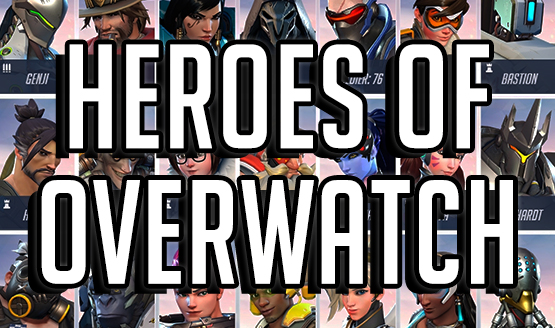
-
Offense
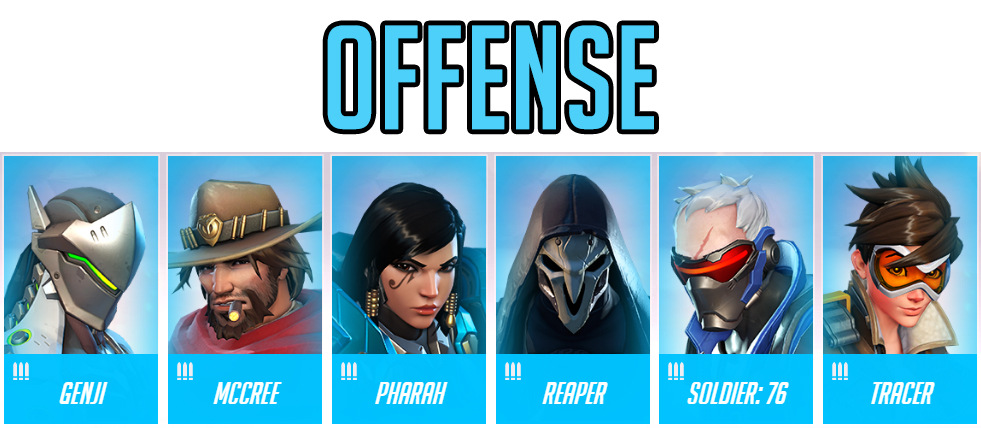
-
Genji
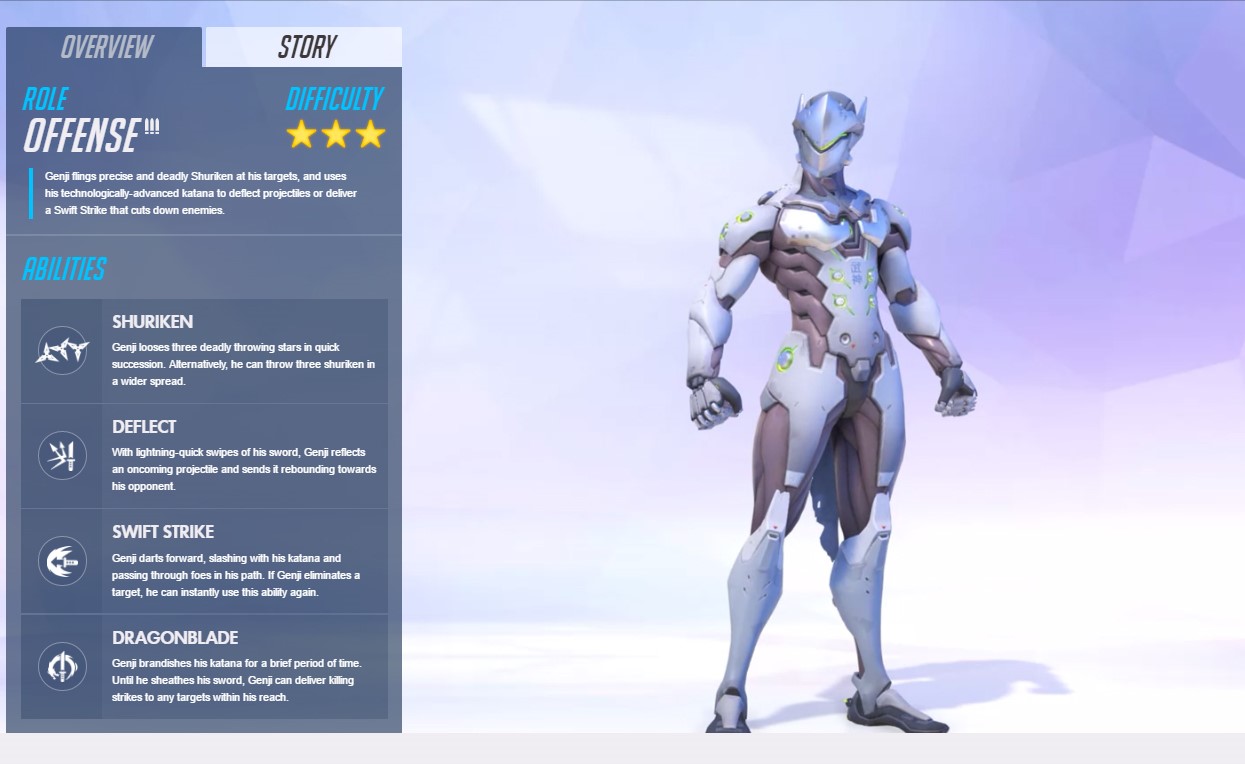
-
McCree
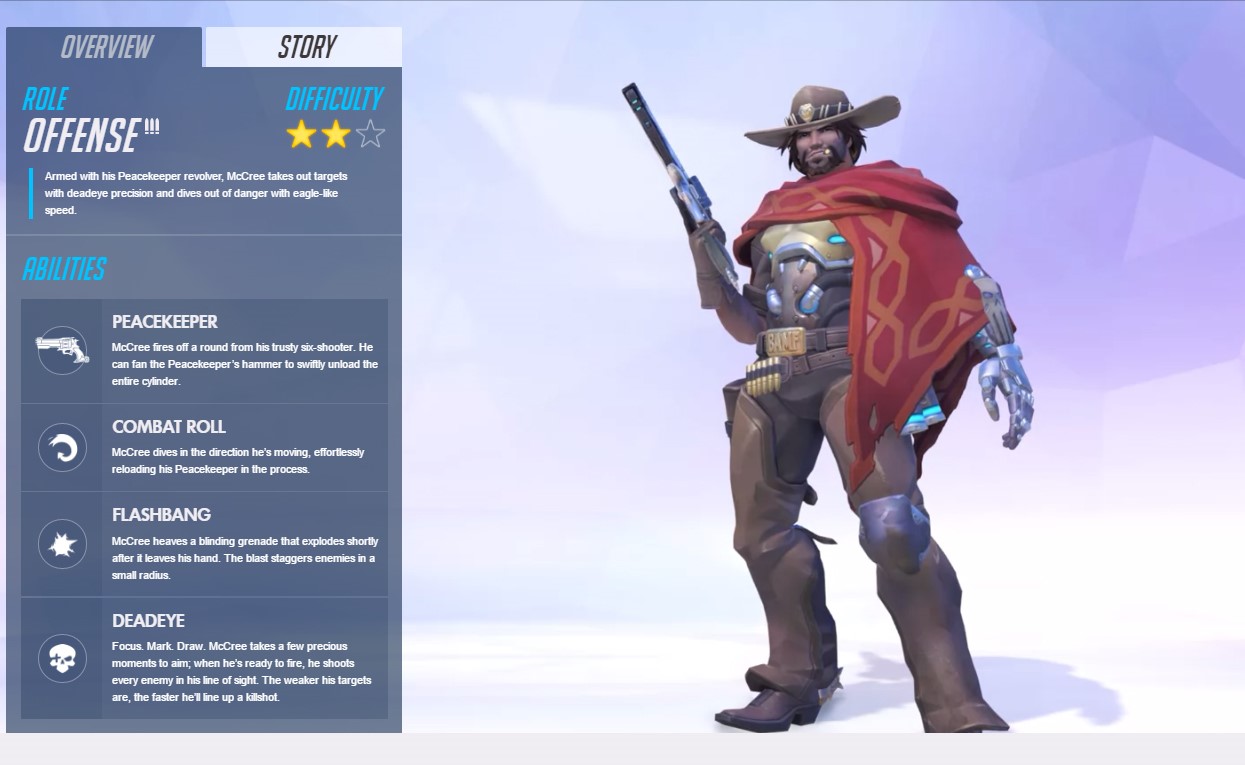
-
Pharah
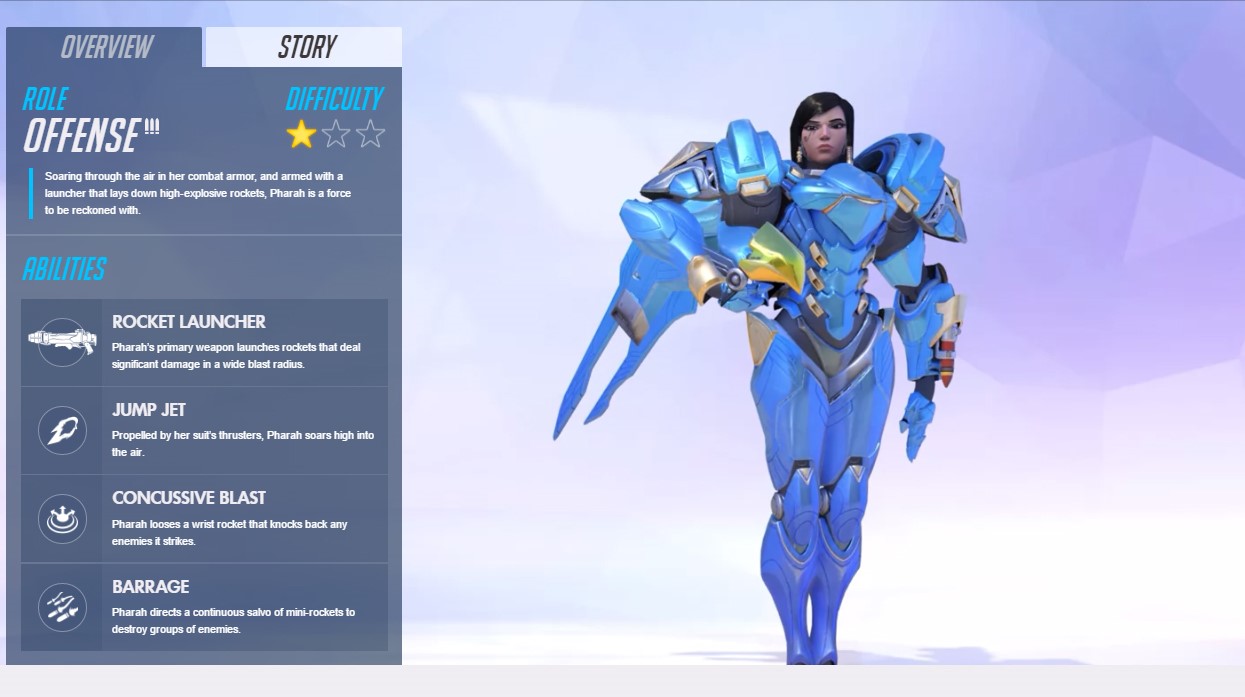
-
Reaper

-
Soldier: 76
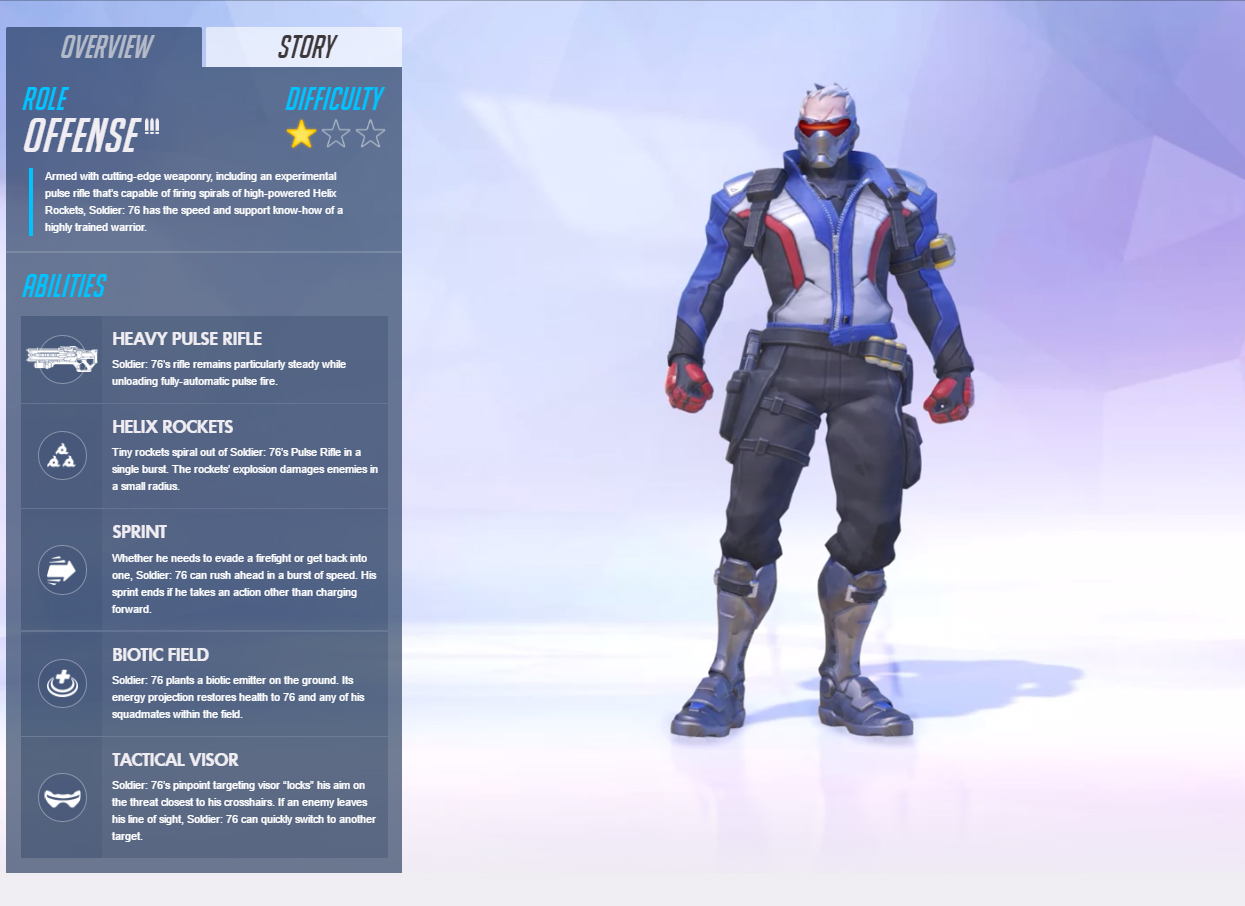
-
Tracer
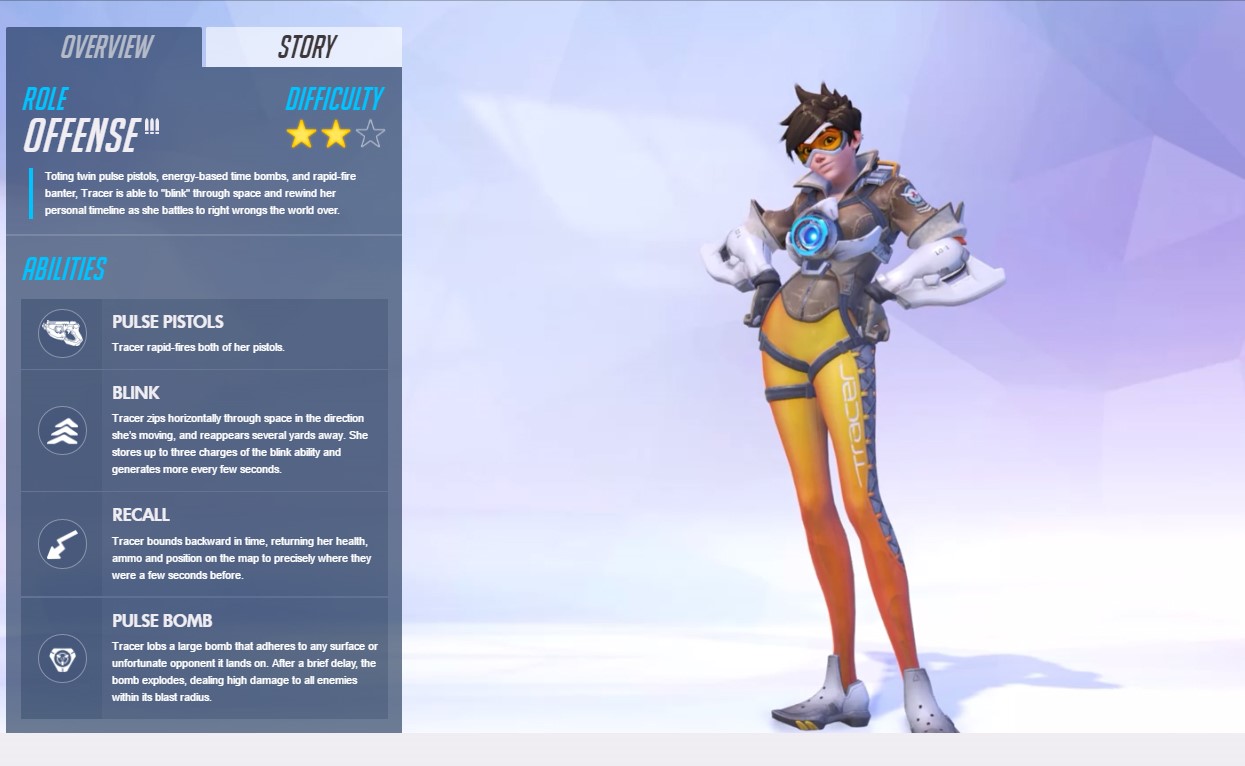
-
Defense
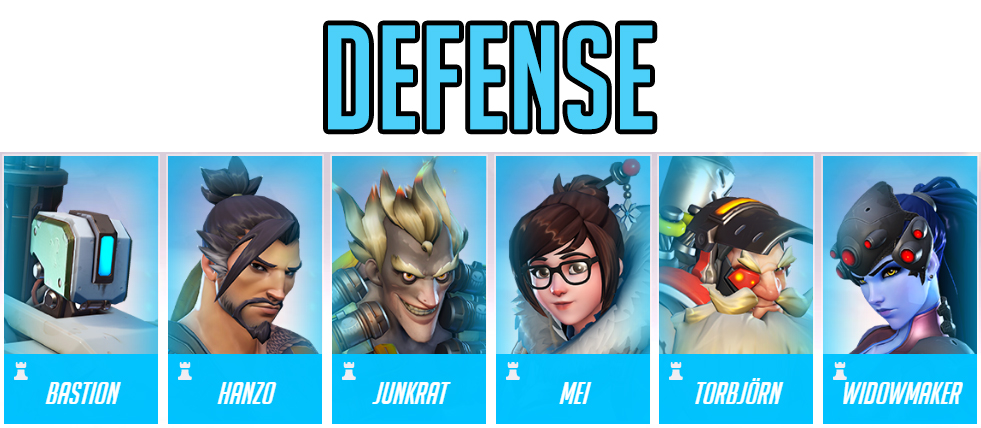
-
Bastion
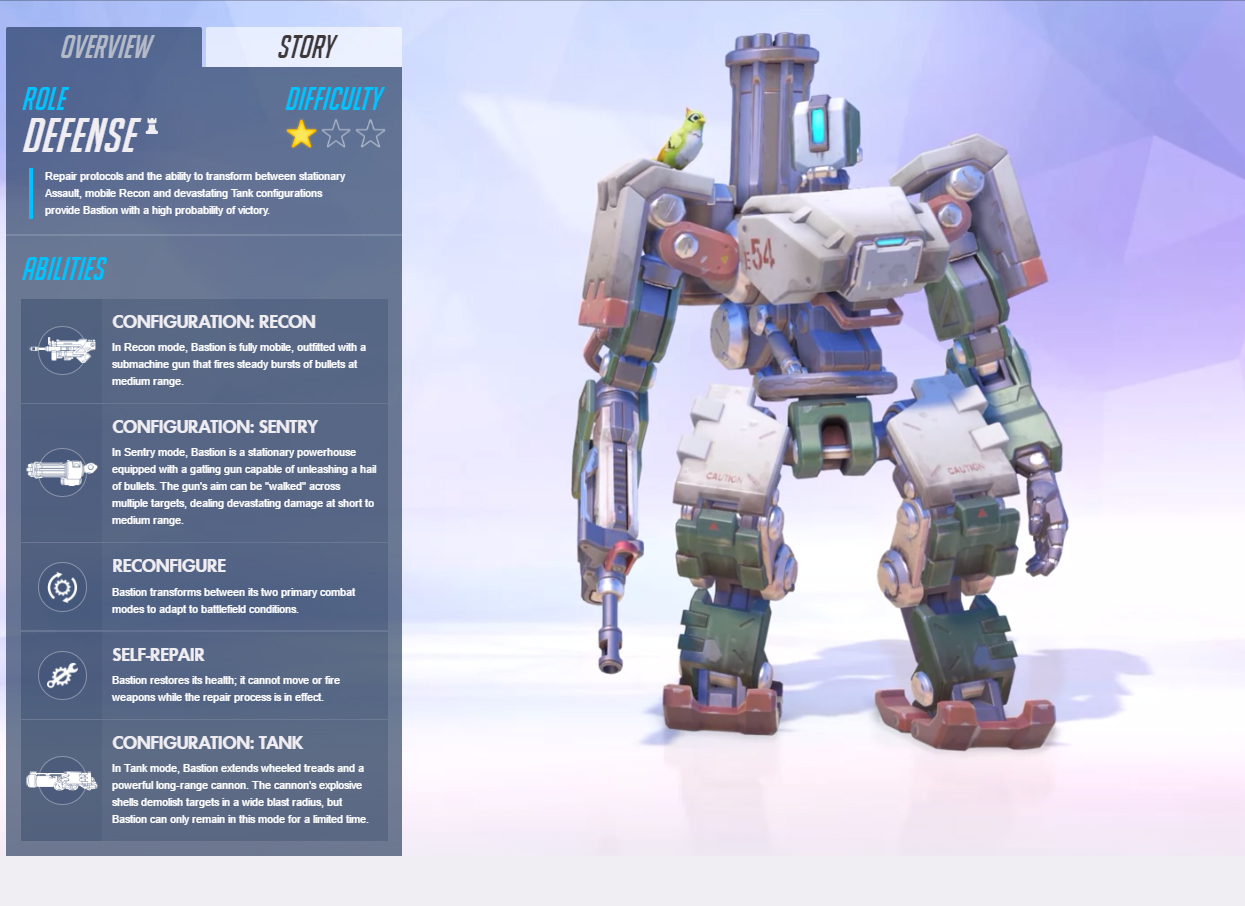
-
Hanzo
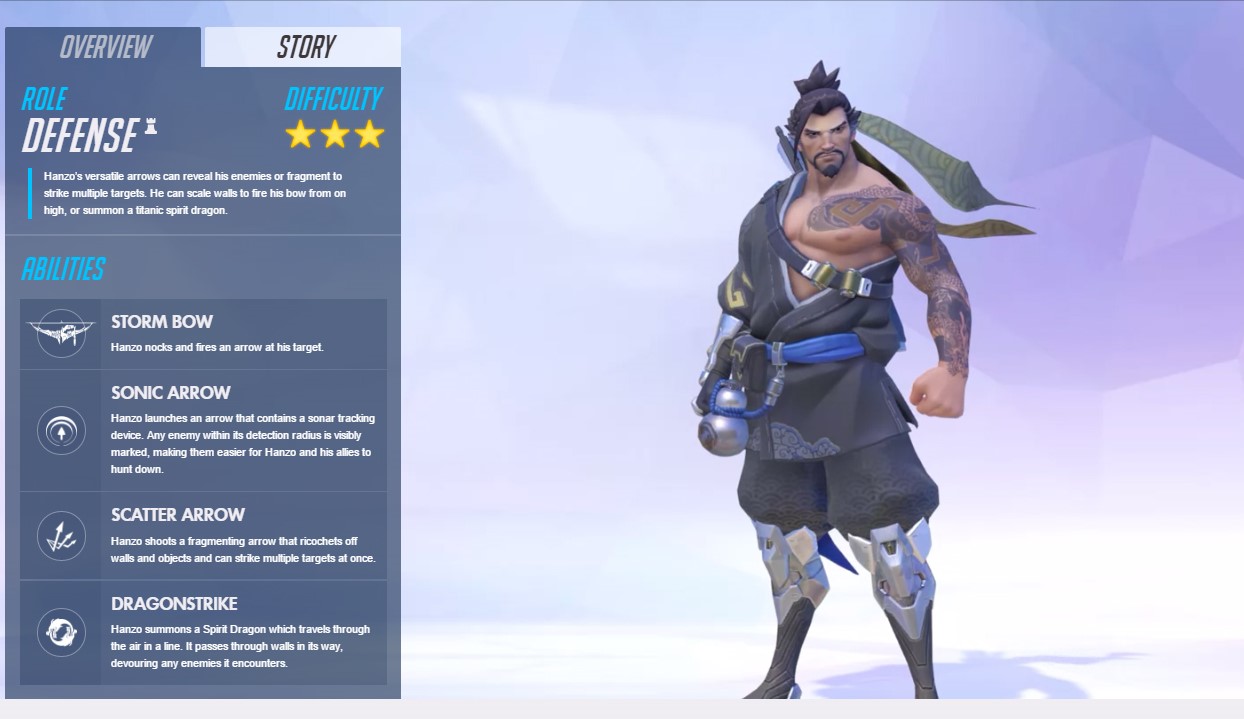
-
Junkrat
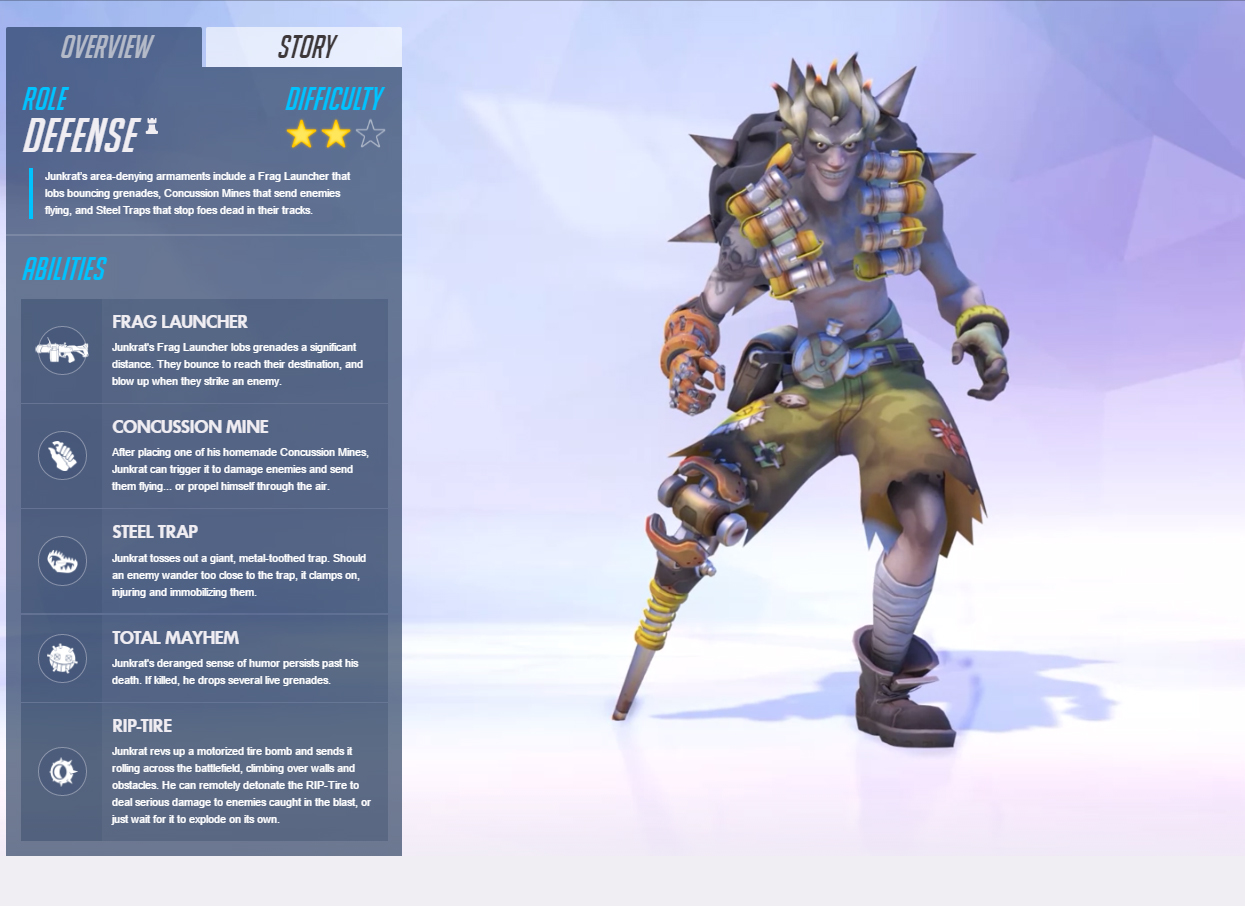
-
Mei
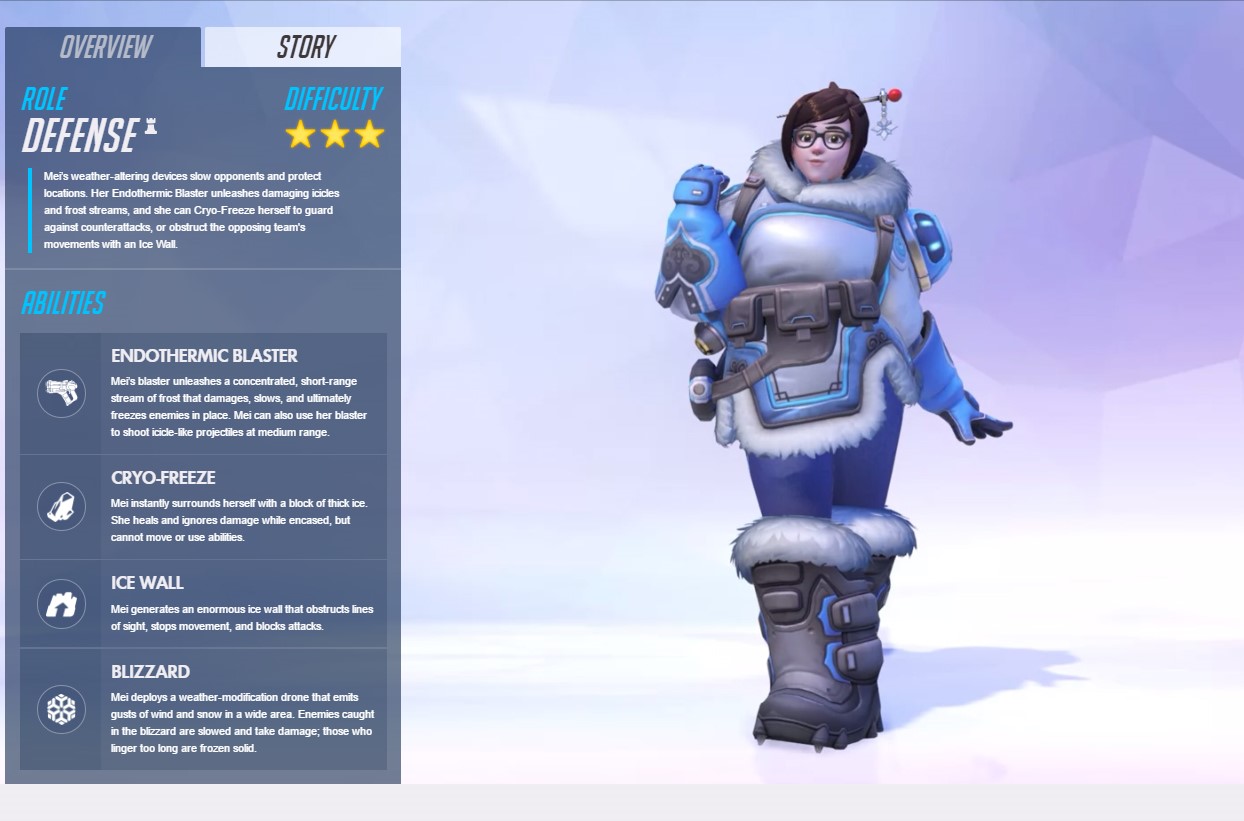
-
Torbjörn
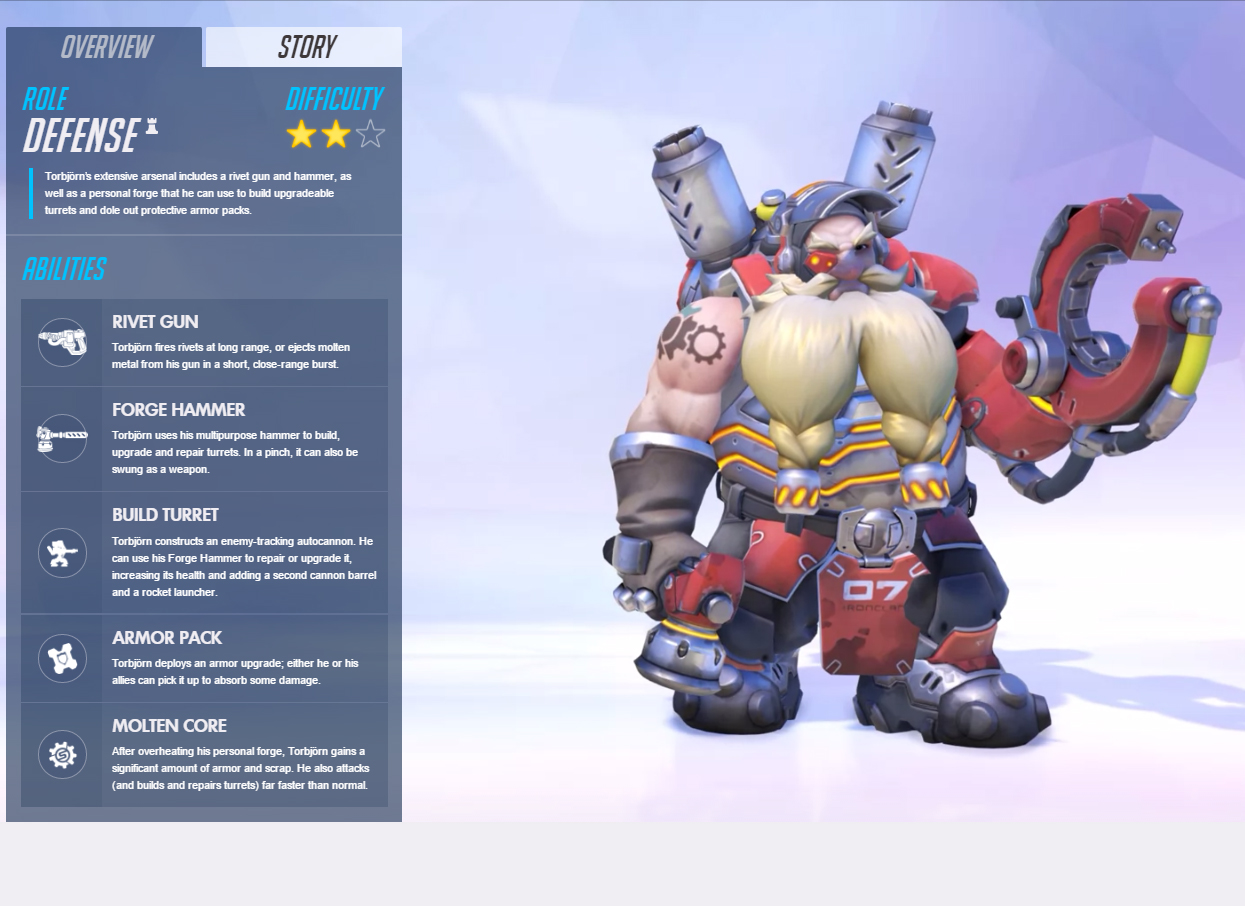
-
Widowmaker
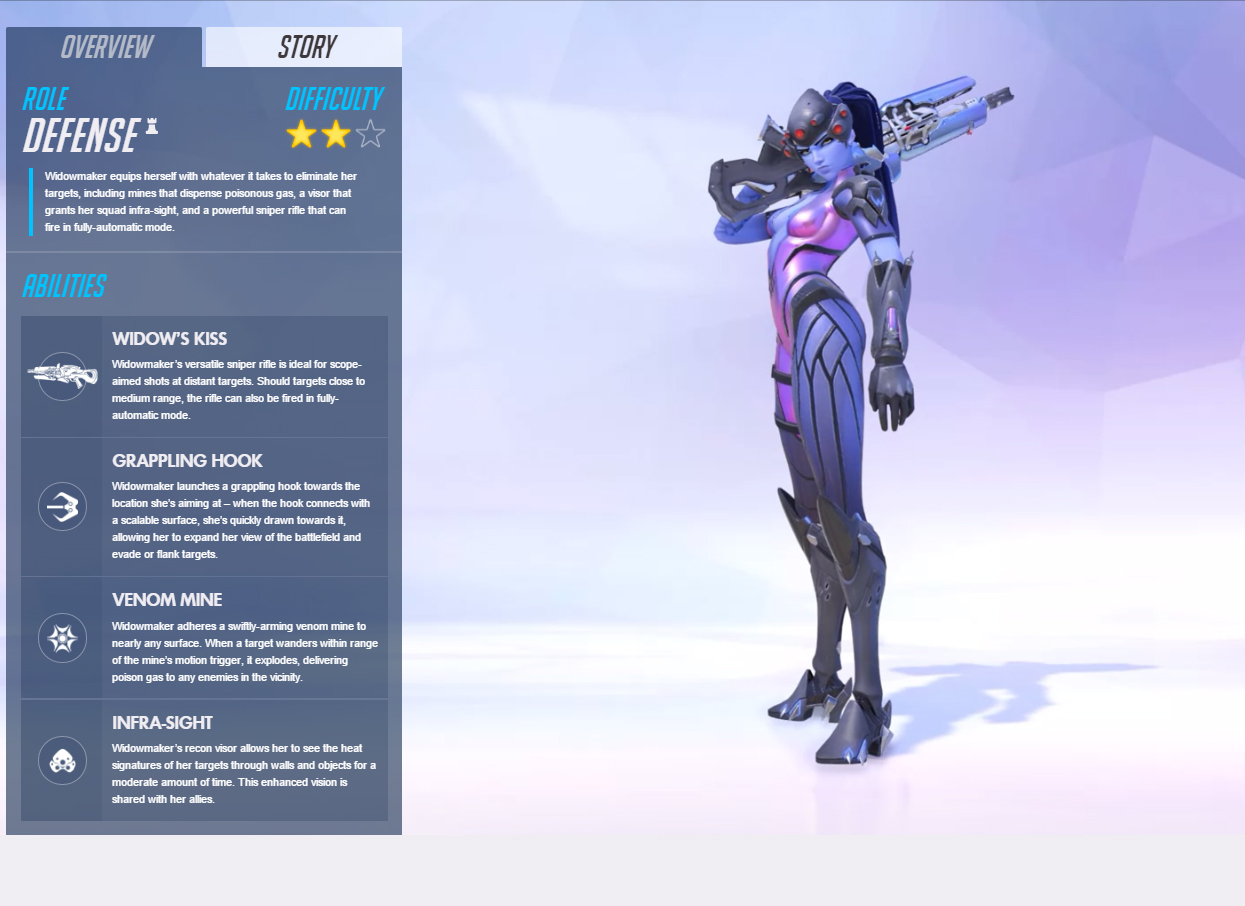
-
Tank
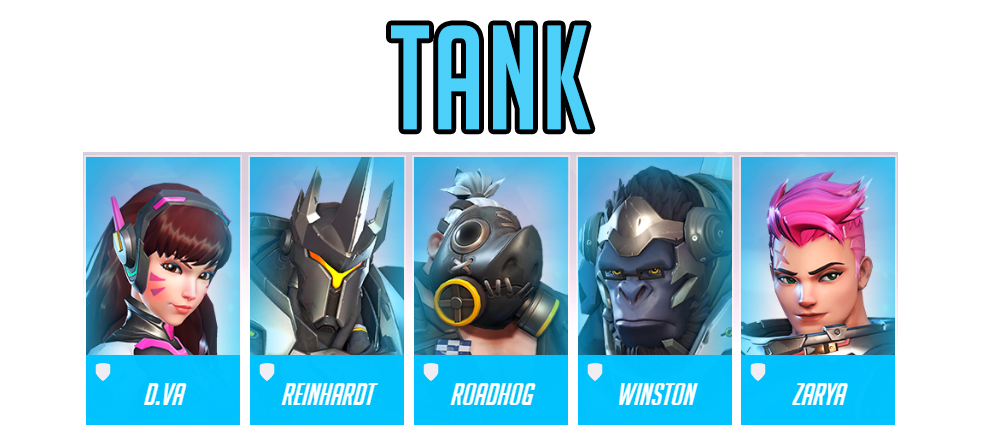
-
D.Va
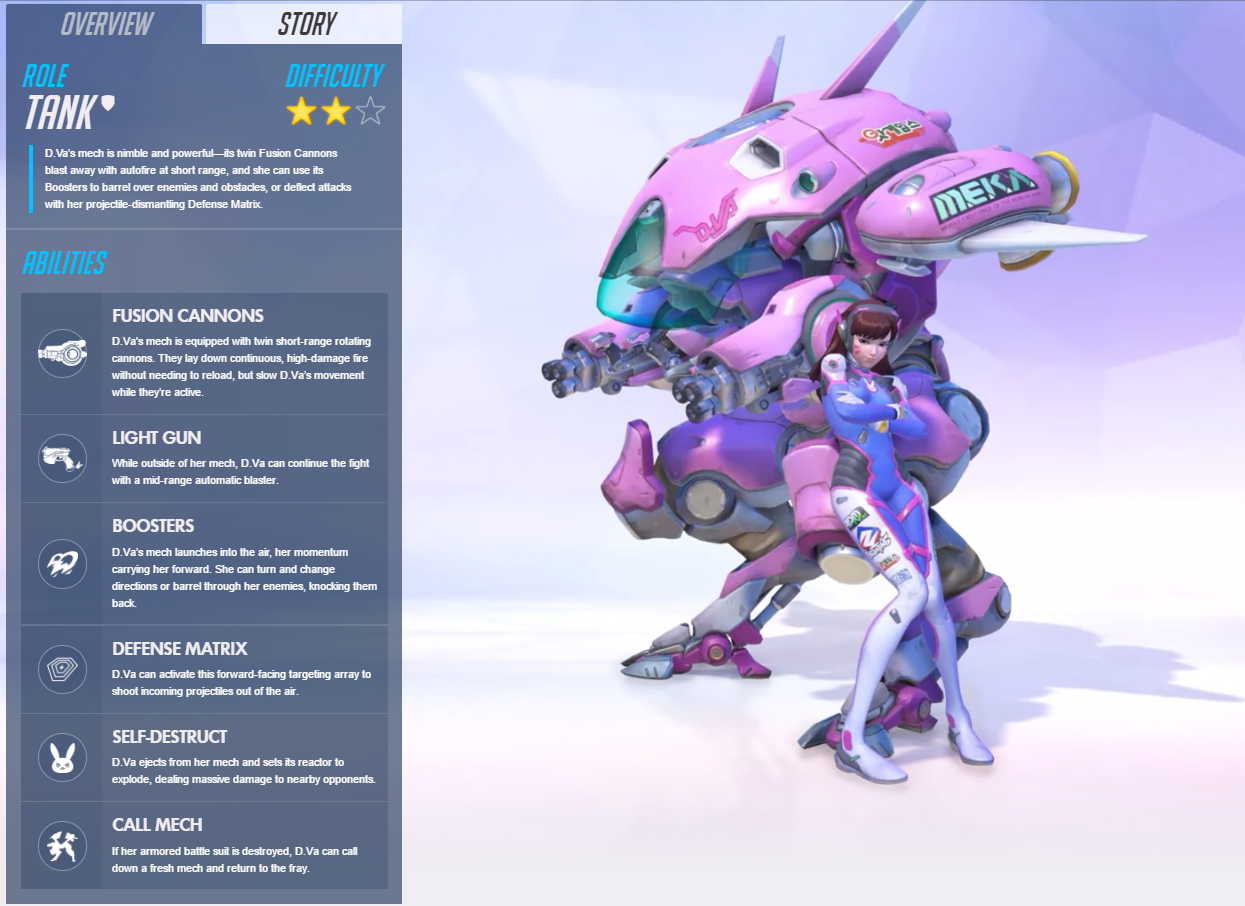
-
Reinhardt
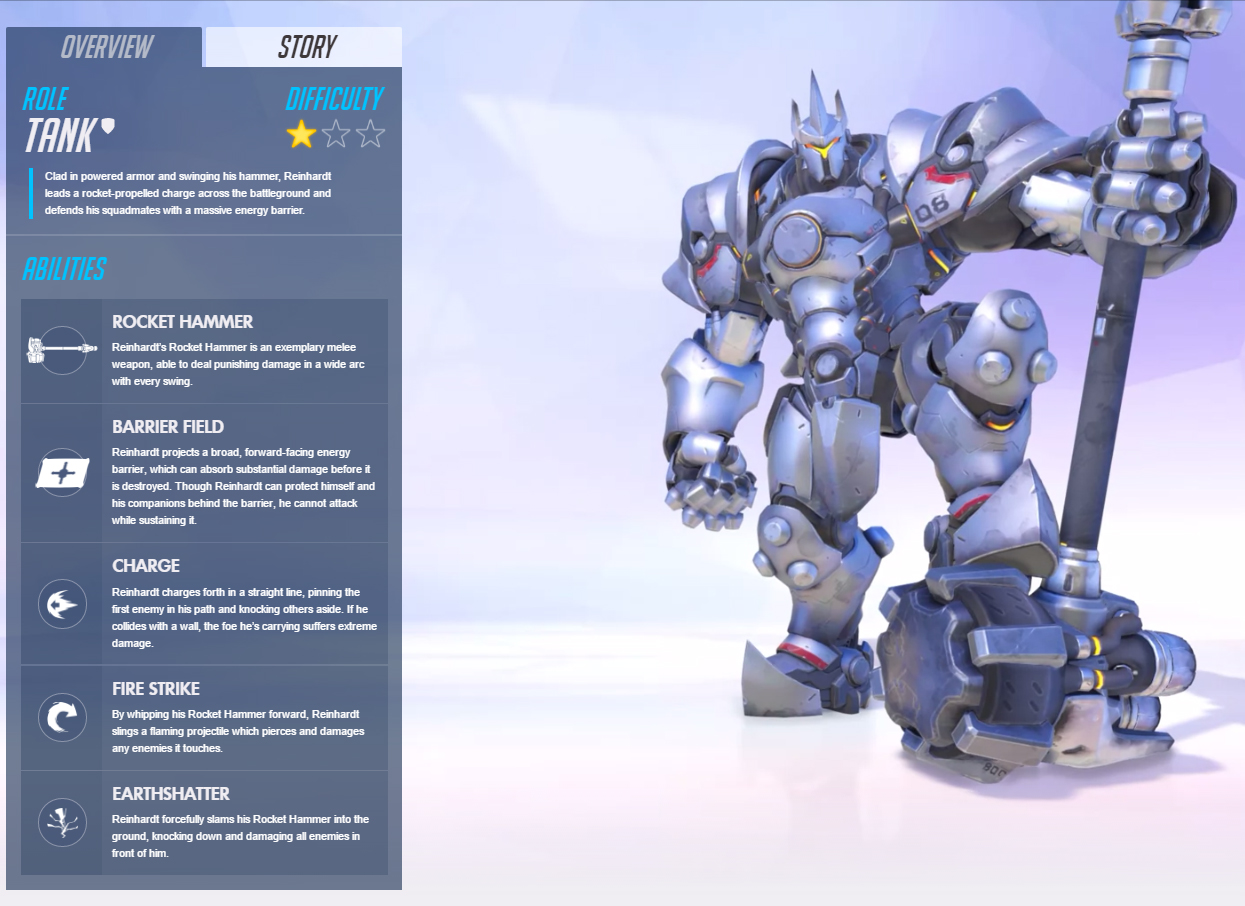
-
Roadhog
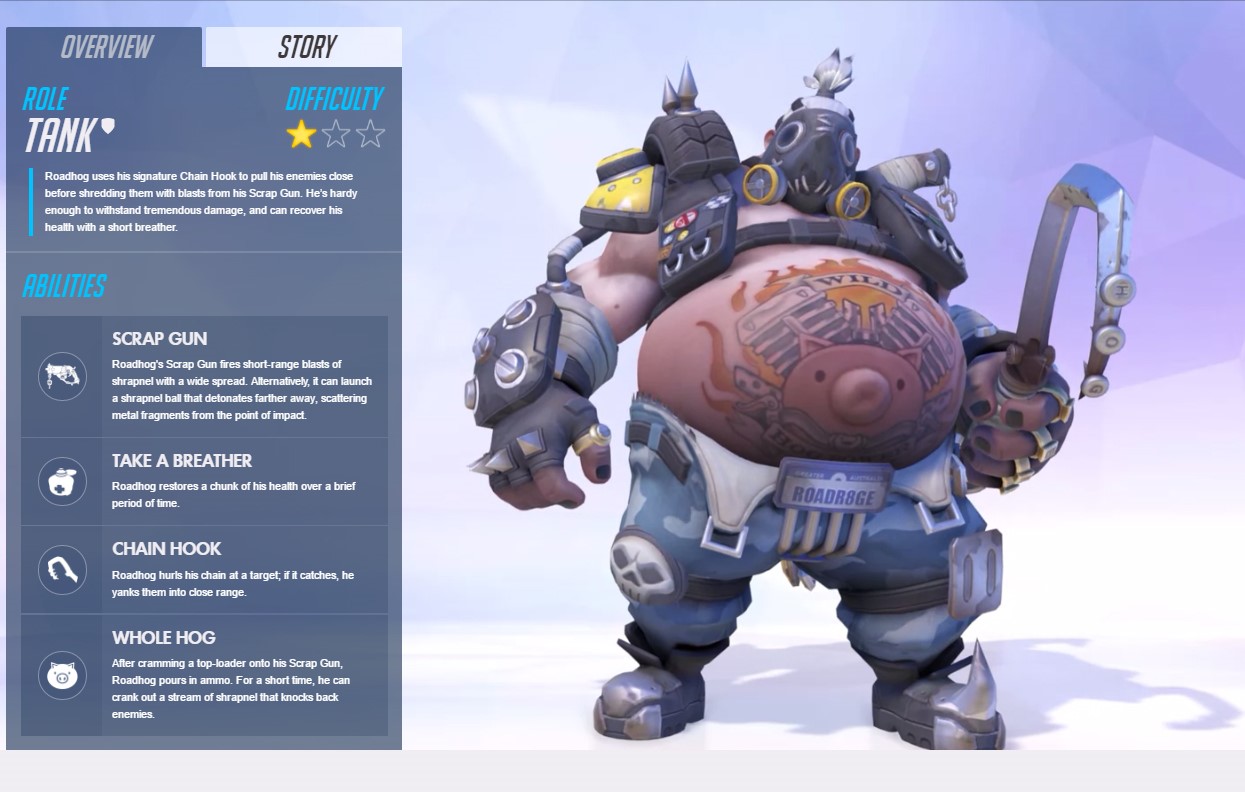
-
Winston

-
Zarya
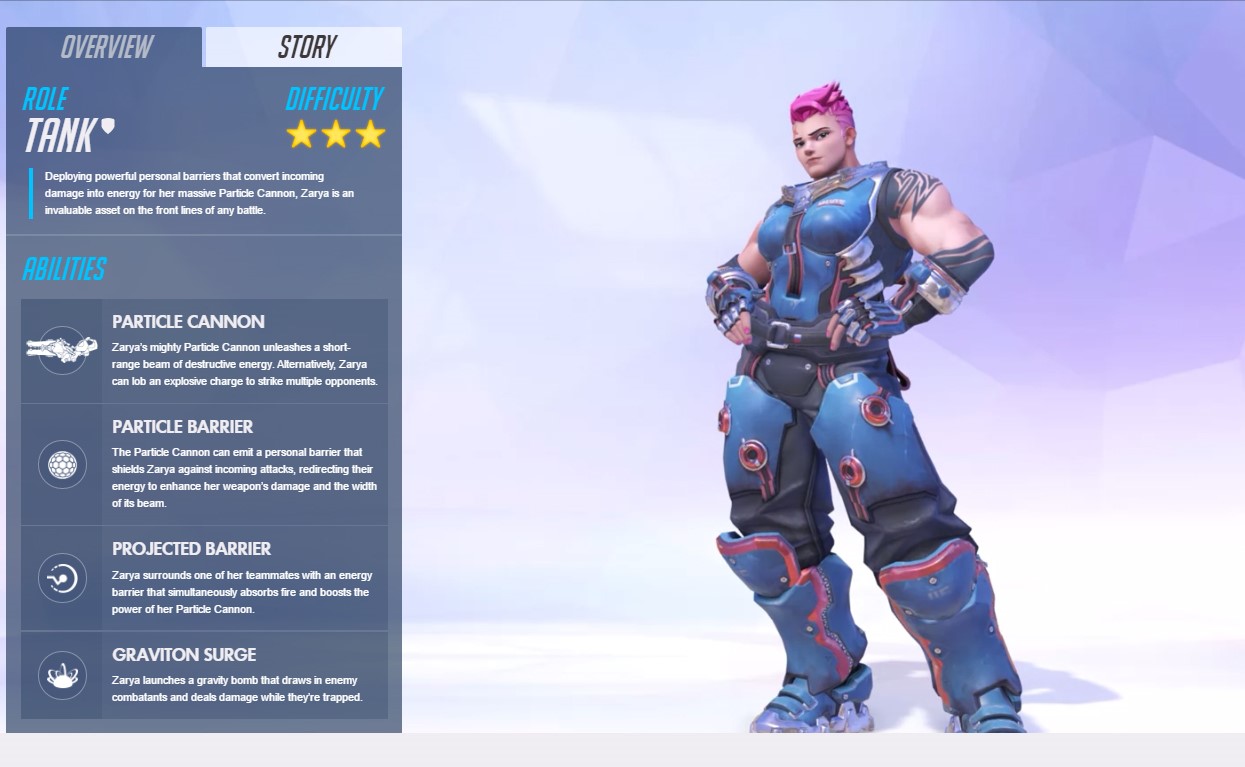
-
Support
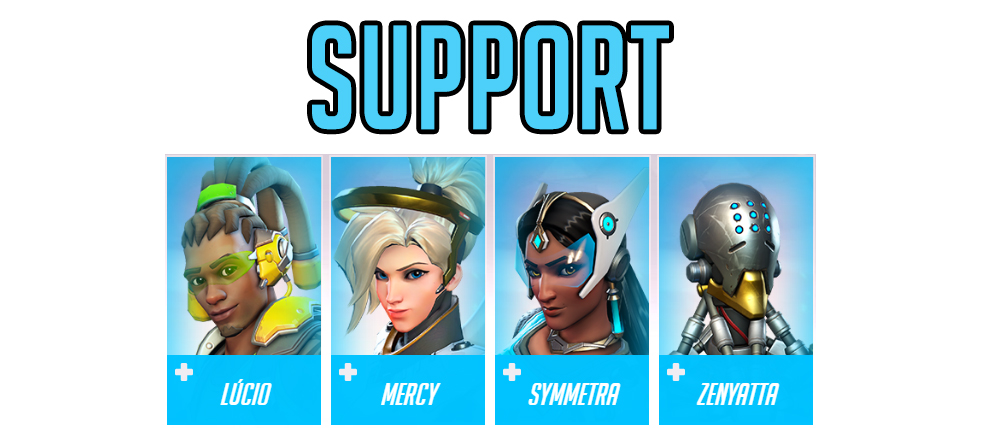
-
Lúcio
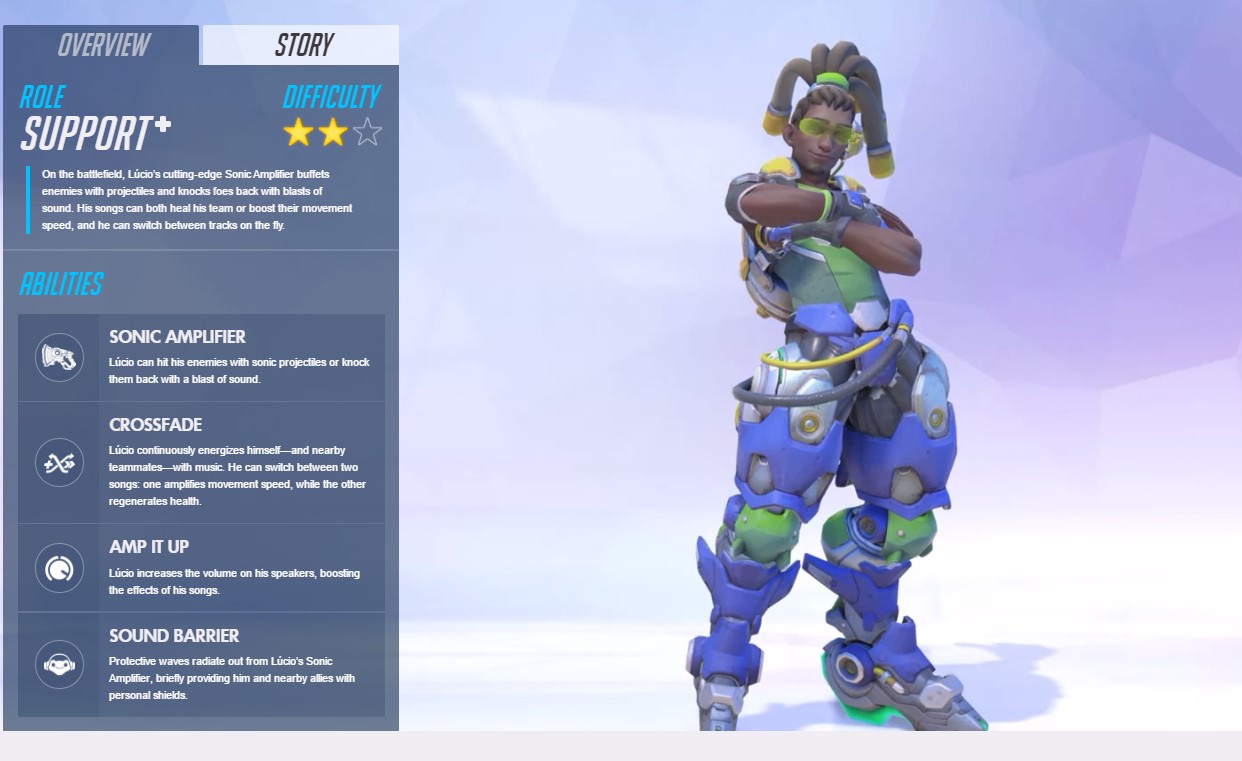
-
Mercy

-
Symmetra
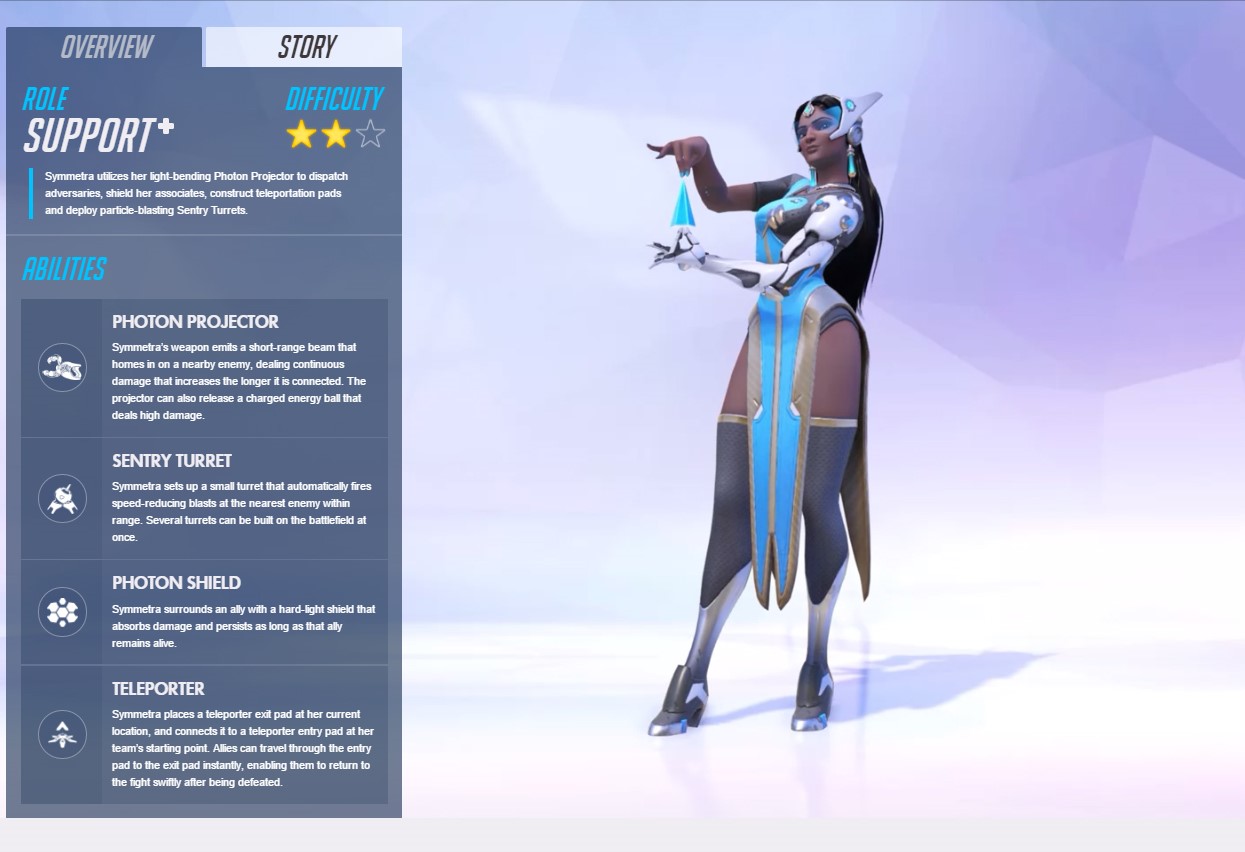
-
Zenyatta
